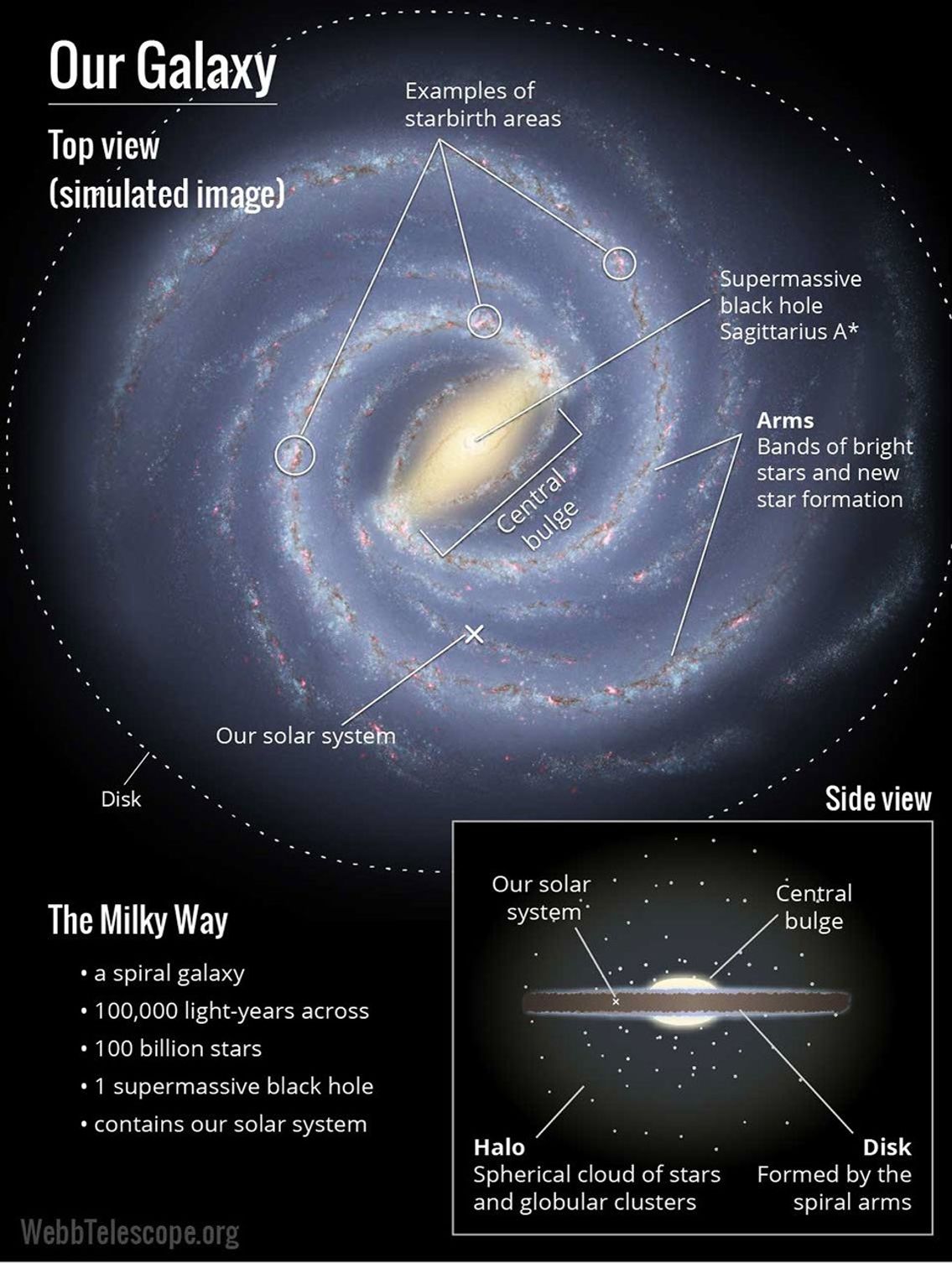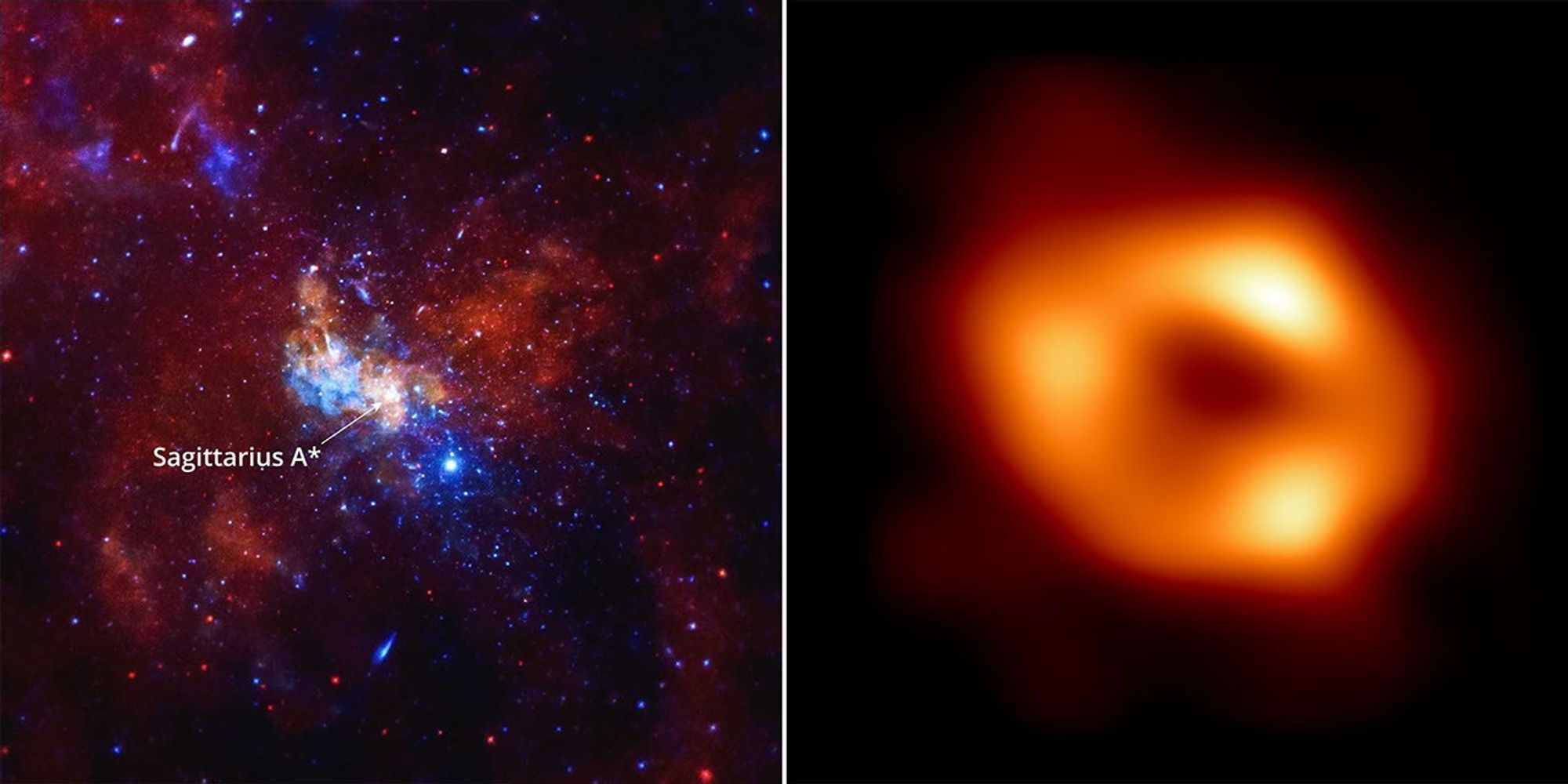Is the Milky Way Unique?
It is just one of billions of galaxies, but the Milky Way is our galaxy, our home in the universe.

Our first observations of stars, beginning with the naked eye and then with successively more powerful telescopes, happened here, providing a baseline for all the discoveries — and new questions — to follow.
One major question astronomers investigate when studying galaxies is how stars form within them. The James Webb Space Telescope’s powerful infrared instruments will improve our understanding of all stages of the star “life cycle” — from birth to death and back again, to the rise of the next stellar generation. Astronomers know that stars form out of collapsing clouds of gas and dust, but they don’t yet know the exact sequence of how stars are born. What triggers a gas cloud to collapse? How much of that cloud does a star use up when it forms? How and when do planets begin to form around a new star?
At the end of their so-called life cycle, stars “die” in a variety of dramatic and scientifically interesting ways — from gentle exhales of material to violent explosions that expel stellar shrapnel into the galaxy. Many dying stars and stellar corpses are embedded in their ejected material, which shrouds them from view in visible light. Webb’s infrared vision penetrates the dusty haze. Webb is helping us probe and understand both this residual material and the former star. It allows astronomers to test their theories of how stars burn out, and how the heavier elements forged within these stars are recycled into the galactic environment to help create the next generation of stars.
Counting Stars
Webb helps us get a better grip on how many stars there are in the Milky Way and how those stars are distributed throughout the galaxy. The most common stars in the Milky Way are red dwarf stars that are too dim for the Hubble Space Telescope to observe well in visible light, but that are easily visible in the infrared wavelengths that Webb detects. Knowing how many red dwarf stars there are, as well as other types of stars, also tells us how quickly or efficiently stars formed at various stages in our galaxy’s history. Understanding the local population of stars and how they formed gives astronomers a much more informed local baseline from which to compare and contrast the populations of stars in other galaxies.
Webb is also studying giant stellar conglomerations called globular clusters, which reside at the outskirts of the Milky Way and contain the oldest stars in the galaxy. Webb can analyze the composition of these ancient stars, and perhaps reveal whether globular clusters formed along with our galaxy or originated somewhere else, and were later absorbed into the Milky Way.
Looking Inward and Outward
Webb can help us understand what’s going on at the very heart of the Milky Way. In our galaxy’s core lies a supermassive black hole surrounded by gas, dust, and a densely packed swarm of stars. However, this central black hole does not seem to be consuming as much material as its peers in other galaxies. Astronomers aren’t sure why. Webb’s infrared observations could give us a clearer view of the dense region surrounding the black hole, and perhaps uncover the reason why our galaxy’s black hole is so quiet.

Webb’s high-resolution infrared vision allows it to peer farther into the Milky Way with greater clarity than infrared telescopes before it, uncovering parts of the galaxy that were once too dim, too distant, or too concealed to study. These investigations are not only helping us understand our own Milky Way, but also thousands of galaxies throughout the universe.



























